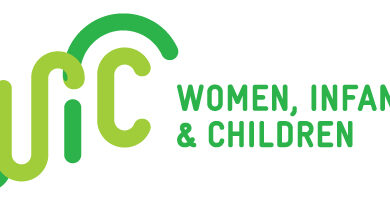Recent rainfall increased Lake Ontario water levels

Lake
Ontario
Although July has experienced above average rainfall in the Lake Ontario-St. Lawrence River system, drought conditions have persisted into July in much of the Great Lakes-St. Lawrence River watershed. The US drought monitor maps (https://droughtmonitor.unl.edu/) continue to show abnormally dry to moderate drought conditions within the basin, both upstream (around Lake Erie and Lake Ontario) and downstream (along the St. Lawrence River).
However, precipitation in recent weeks has had a positive impact and the wetter conditions have increased Lake Ontario water levels by approximately 2.8 inches. Normally, Lake Ontario water levels would have typically begun the seasonal decline by this time of year. As of July 16, the water level was at 245.41 feet, which is approximately 8.7 inches below long-term average levels for mid-July. Due to this increase in water levels, the lake has risen above the low water deviation (Criterion H14) threshold prescribed in the regulation plan known as Plan 2014. This means that the Lake Ontario-St. Lawrence River Board’s authority to deviate from Plan-prescribed flows has expired and regulation plan flows resumed on July 17.
The return to regulation plan flows means an increase in Lake Ontario outflows. As a result, water levels will decrease on Lake St. Lawrence approximately 5.9 to 7.9 inches and rise on Lake St. Louis and at the Port of Montreal approximately 3.9 to 5.9 inches). Recreational boaters, anglers, and other users should be aware of these expected water level fluctuations. Lake Ontario will increase or decrease depending on natural weather conditions; lake levels will increase if there continues to be above average rainfall and decrease if dry conditions return. The board will continue to monitor weather forecasts and water supply conditions and will re-evaluate the regulation strategy regularly.
“The above average rainfall the first two weeks of July was unexpected but truly benefited the region,” said Steve Durrett, United States Co-Chair of the International Lake Ontario-St. Lawrence River Board. There is an unpredictable natural supply of water for the Great Lakes and it is important to recognize the full range of high and low water levels that have historically occurred within Lake Ontario.
Information on hydrologic conditions, water levels and outflows, including graphics and photos, are available on the board’s website, https://www.ijc.org/en/loslrb, and posted to the Board’s Facebook page.
Provided information





